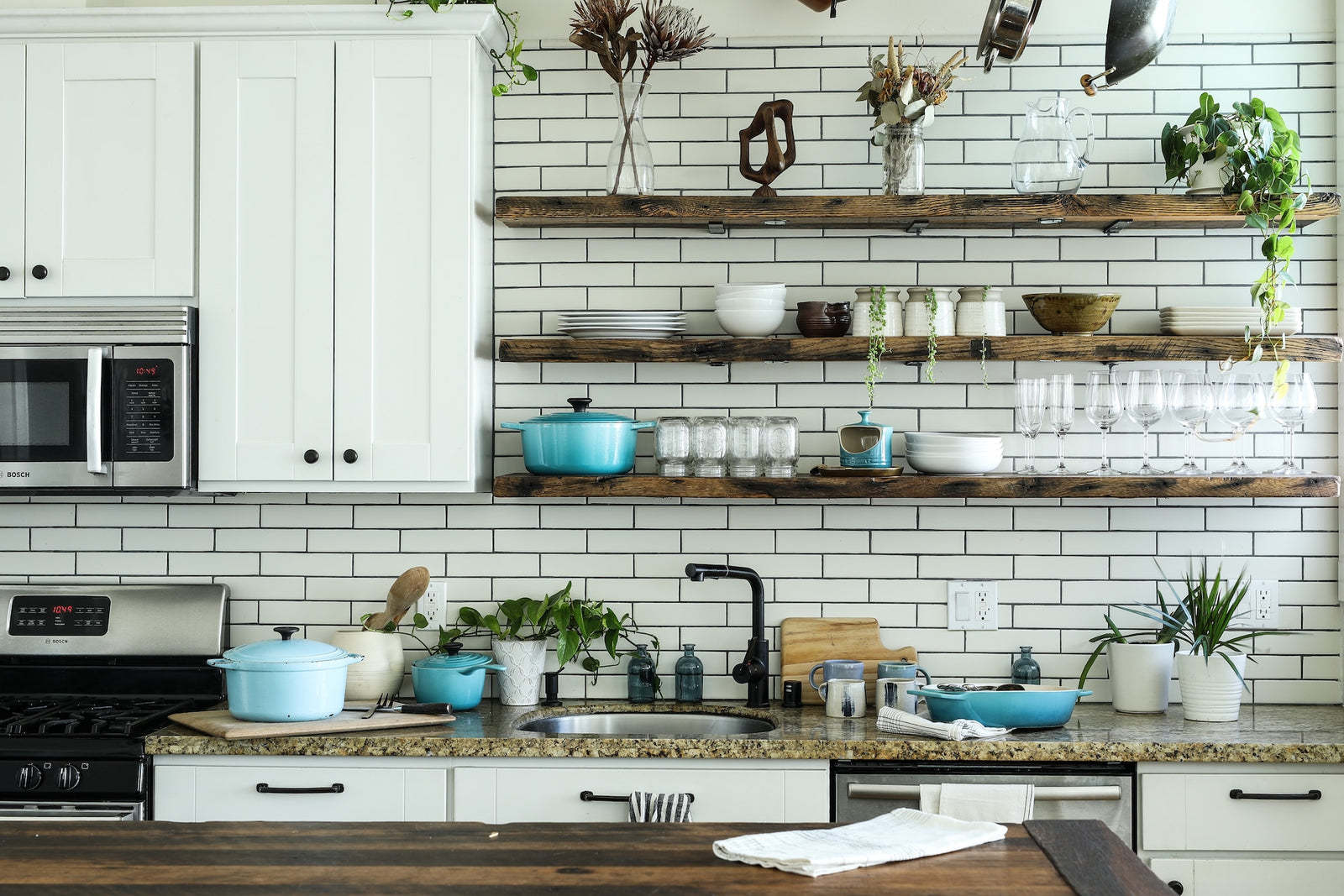Your Cart is Empty
Add description, images, menus and links to your mega menu
A column with no settings can be used as a spacer
Link to your collections, sales and even external links
Add up to five columns
Add description, images, menus and links to your mega menu
A column with no settings can be used as a spacer
Link to your collections, sales and even external links
Add up to five columns

Trendy Kitchen Greenery
August 24, 2023 3 min read
In today's fast-paced world, having access to fresh, organic produce is becoming increasingly important for health-conscious individuals. While space constraints might limit your ability to maintain a large garden, a small kitchen garden can provide an abundance of homegrown delights. With the assistance of grow lights, even those with limited natural light can enjoy the joys of cultivating a thriving green space right in their kitchen.

Maximizing Space for Optimal Yield
A small kitchen garden presents a unique opportunity to make the most of limited space. Vertical gardening, container gardening, and hanging planters are great techniques to utilize walls, windowsills, and ceilings effectively. By growing plants upwards and compactly, you can grow a diverse selection of herbs, vegetables, and even dwarf fruit trees.

The Role of Grow Lights
In compact kitchen settings with limited access to natural sunlight, grow lights play a crucial role in fostering plant growth. Grow lights are artificial light sources designed to mimic the specific spectrum of sunlight required for photosynthesis. These lights provide the necessary light energy for plants to grow, bloom, and produce fruit, ensuring year-round gardening success.

Selecting the Right Grow Lights
When choosing grow lights for your small kitchen garden, consider factors such as light spectrum, intensity, and duration. LED grow lights are energy-efficient and versatile, providing a balanced spectrum of light for various stages of plant growth. Full-spectrum LEDs closely resemble natural sunlight, benefiting both leafy greens and flowering plants
1. Tailoring Light Duration
Just like any plant, those in your kitchen garden require an appropriate amount of light exposure each day. Tailor the duration of light to your plant's needs – typically 12 to 16 hours per day for most vegetables and herbs. Many LED grow lights come with timers, making it easy to automate the lighting schedule.
2. Choosing Suitable Plants
A small kitchen garden offers immense possibilities for a wide range of plants. Leafy greens like spinach, kale, and lettuce thrive in small spaces and under grow lights. Fragrant herbs such as basil, mint, and thyme flourish under controlled conditions. Compact vegetables like cherry tomatoes, peppers, and dwarf varieties of cucumbers are also excellent choices.
3. Providing Optimal Care
Regular care and attention are vital for a flourishing kitchen garden. Ensure that your plants receive proper watering, sufficient nutrients, and the right ambient temperature. Monitoring plant health and addressing any issues promptly will maximize your garden's productivity.
4. Enjoying the Rewards
As your small kitchen garden matures and thrives under the nurturing glow of grow lights, the rewards will be abundant. The satisfaction of harvesting fresh, pesticide-free produce right from your kitchen will be unmatched. Not only will your culinary creations taste better, but you'll also benefit from the joy and sense of accomplishment that comes with cultivating your own food.

A small kitchen garden is a rewarding and practical addition to any home. By harnessing the power of grow lights, you can overcome limited natural light and create an oasis of freshness and greenery in the heart of your home. Whether you're a seasoned gardener or a beginner, the experience of nurturing your own tiny green space and enjoying the fruits of your labor will be an enriching journey. Get ready to embark on a delightful adventure of cultivating abundance and health through your small kitchen garden.
Subscribe
Sign up to get the latest on sales, new releases and more …
